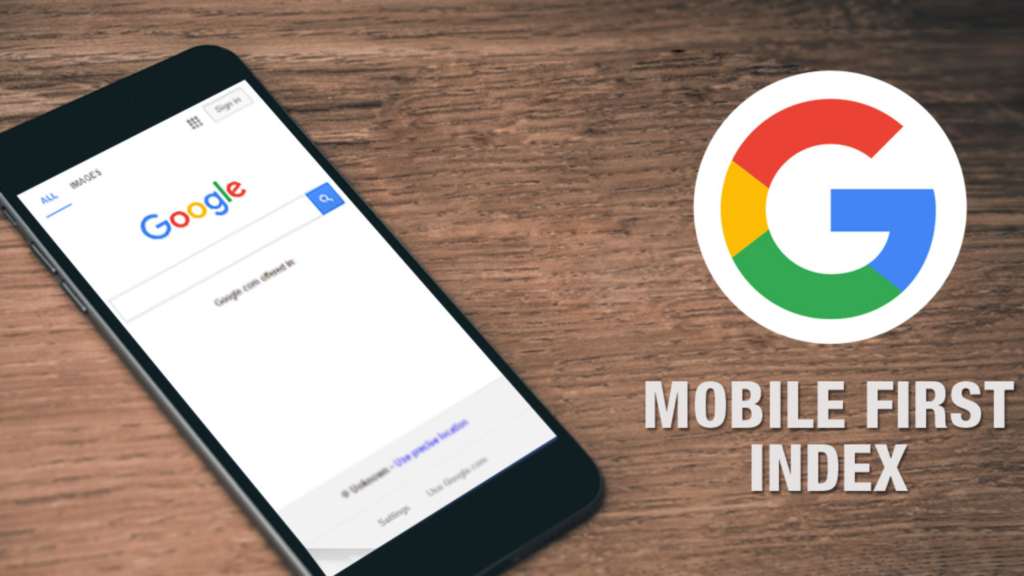As we all know at this point in 2016 that mobile search is organically going to take over the search Google search results inside of every industry for improving your companies organic reach. What should you do to figure out why your site has fallen to the bottom of the pile?
The anticipated global sales of 1.5 billion smartphones in 2016 further cemented the notion of a mobile-first world.
But before we relegate desktop search to the annals of history, let’s delve into why it remains a valuable component of a comprehensive SEO strategy.
Do users still use desktop search?
It’s official – mobile search now drives more search queries than desktop search.
- 58% of overall search query volume in the U.S. comes from mobile searches (Hitwise)
- Over 50% of Google’s global search queries come smart mobile devices (Google)
- Google has about 95% of the global market share when it comes to mobile searches (Statcounter)
Here are the details, and recommendations about what you can do in response to this important shift in online behavior.
There are two different kinds of search results inside of Google for people to find your solution. One is ads and the other is organic search results that are getting about 70% percent of the traffic over 30% from the ads.
While mobile reigns supreme in terms of user time spent, with 90% dedicated to apps for activities like gaming, social media, and media consumption, primarily during commutes and leisure hours, it doesn’t paint the entire picture.
Millennials, despite showing a decline in desktop usage, still identify as multi-platform users, readily switching between mobile and desktops depending on the context.
Many, even if they lack personal desktops, access them at work or public spaces, perpetuating the relevance of this device.
Furthermore, a staggering 80% of conversions, including 94% for high-ticket items like computers and hardware, occur on desktops.
This highlights a crucial fact: while mobile excels for quick, impulse purchases like flowers, toys, or video games, desktop remains the preferred platform for informed decision-making and high-value transactions.
Google’s Primary Focus Is On Mobile Search
What does this mean for webmasters? To summarize, just the mobile version of your website is now indexed and ranked.
How do you make your website mobile friendly for SEO?
- Optimize mobile loading times
- Allow Google to crawl everything
- Work on the UI and UX of your mobile website
Because we all live in a mobile-first world, having your website mobile-friendly is a must nowadays. With mobile SEO the rewards are enormous, including improved user experience on mobile devices, greater ranks, and conversions.
Focus on video through YouTube & imagery and fast track your results by supporting your position with Google Pay Per Click (PPC) campaigns, until the organic result bears fruit.
So why do some searches work better on desktop?
When investing in a significant purchase like a computer, meticulous research reigns supreme. Comparing prices across websites, deciphering product reviews, and scouring online forums for expert advice become paramount.
Navigating these complexities is significantly easier on a desktop, where multiple tabs can be managed effortlessly, allowing for a comprehensive decision-making process.
Contrast this with the spontaneity of ordering flowers for your partner – a quick selection and a tap on “Checkout” suffice. Even when one-click “buy” functions exist on mobile platforms for expensive electronic purchases, the need for pre-purchase research remains vital.
Beyond user behavior, technology itself plays a role in driving higher desktop conversion rates. Users possess years of experience navigating desktop e-commerce platforms, where the purchase process remains largely consistent across websites.
Mobile, on the other hand, presents a fragmented landscape with varying payment systems. While PayPal might offer a seamless solution for some, its absence or lack of user accounts can impede the purchase journey.
This reinforces the importance of targeting users when they gravitate towards desktops for high-value transactions, leveraging their established comfort and familiarity for optimal conversion success.
How about security?
Desktop search boasts a well-established reputation for security in the minds of users. Firewalls and anti-virus software offer reliable protection, fostering a sense of security when engaging in online transactions.
Users are familiar with providing personal information to websites on desktops, often mirroring the same details provided in physical stores. However, mobile app permissions can raise significant concerns.
Requests for access beyond basic details like address, zip code, and credit card number, such as browsing history and location tracking, often lead to user hesitation. This reluctance is reflected in the fact that nearly 50% of mobile users have declined app installations due to excessive permission demands.
While branded apps can alleviate the burden of repeatedly entering payment information, their effectiveness hinges on user acceptance, which can be hindered by privacy concerns.
What does this mean for SEOs?
While mobile responsiveness and website speed remain crucial for both desktop and mobile users, neglecting desktop search would be a strategic misstep. Both indexes work in tandem, necessitating a comprehensive SEO strategy that caters to both platforms.
The focus now shifts to understanding the user journey across devices, crafting targeted campaigns that resonate with users based on their device and intended usage. Data analysis plays a key role in this process.
Identify user behavior patterns, like viewing video content primarily on mobile and consuming long-form content on desktop, and leverage that data to inform your content strategy.
Revisit existing blog posts and optimize them for both platforms, ensuring a seamless user experience regardless of device choice.
Remember, mobile devices are often preferred for media consumption, while desktops offer an immersive experience for browsing.
Google’s crackdown on intrusive interstitials currently focuses solely on mobile devices, allowing desktop websites to utilize welcome mats without penalty. This presents a further opportunity for desktop optimization and engagement.
Final Thoughts
It’s important to consider that the term “desktop” extends beyond traditional desktop computers. Laptops, with their increasing affordability, are still popular among younger generations, ensuring the continued prevalence of desktop search.
Therefore, the focus shouldn’t be on fearing the decline of desktop search, but rather on embracing its ongoing relevance. Don’t miss out – join our mailing list today and stay ahead of the curve!



